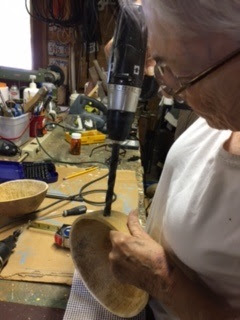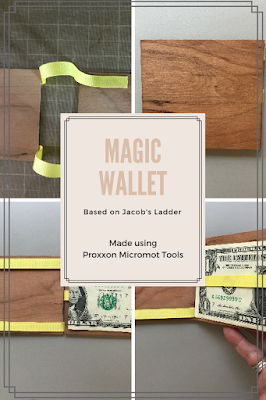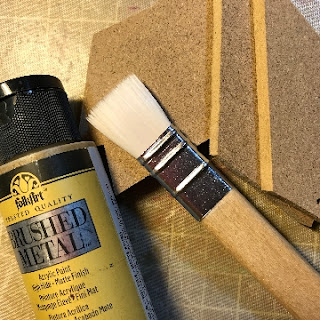Misty Orlove
How to make a Hanging Garden from Gourd Scraps
(The top of this gourd will be used for a Thunder Gourd)
This project is fairly simple and can be made in a few hours
with my Proxxon tools.
Before we start, let me say, this project can be as a triple, double, or single garden.
The Finished Project.
Supplies and Equipment
1. Three bowl shapes gourd pieces sm. med. and lg.
2. chain or hemp I used 78 inches of chain
3. (9) Grommets ( Optional)
4. (9 ) Split rings 1 /1/4"
5. (1) Lg. S hooks add one for each free hanging basket.
6. Drill
9. A Mask or respirator
10. Wood Burner ( Optional)
11. Can paint the bottom or I use (Alcohol Ink Optional)
12. Something that will cut chain and pliers to squeeze the bottom of the s hook shut so it wont slide out of the chain.
Our first step in making this garden is cutting the bowl shape containers.
Using my Proxxon Jig Saw I am able to do this fast and safely.
Note the line in front of the saw, that is where I decided I wanted the cut to be.
Now it is just a matter if following that line around the gourd pieces.
Second step of this project is to drill holes for the grommets. Measure your bowl around
and divide into thirds, this is where you want to drill your hole.
Make sure to drill straight down not at a slant. That way the bowls will
hang evenly. I used the grommets to keep the chain from breaking through the gourd.
Third step is to insert the Grommet into the hole. If your gourd is too thick (Mine was)
you may have a small portion of metal on the inside which you can cover with air dry clay or Apoxy putty
This keeps the sharp edges from harming anyone. If it is a thin gourd attach the back side of the grommet to the out side ring already in place..
Grommets in place
Now add your split rings to the grommets. Open the slit just enough to slide the ring through.
Next I sanded the inside of the gourd with my
Proxxon Delta Sander and painted it green as I was going to plant it with flowers. Before I painted, I sprayed the inside with matte spray to seal the gourd. This helps it not soak up as much paint. I used Plaid Sap Green.
Don't forget your mask.
Decision time. . . do you want to add pattern and dye or paint to the outside now? or wait until the chain is on.?
I dyed mine with Rust Alcohol Ink at this point. I dried it with a heat gun, (required with the ink) I buffed it and free handed a pattern in white pencil on each bowl. Then I wood burned
the pattern and erased the pencil lines. I sprayed mine with Krylon triple thick crystal clear.
Now I added the chains to each of the bowls checking to make sure I was keeping the bowls straight.
If you have a small difference in length you can adjust by shorting one or more links. Just check before cutting.
This hanging garden project can be used to hold many things.
Vegetables, Fruits, Planted Flowers, Succulents or Dried Arrangements. I am sure you could come up with additional items.
Hope you have enjoyed this project and if it is a bit much you could do a single one to start.
Until Next Month don't forget to have fun and visit
Proxxon and look around you may see something you really would like to have.






























































